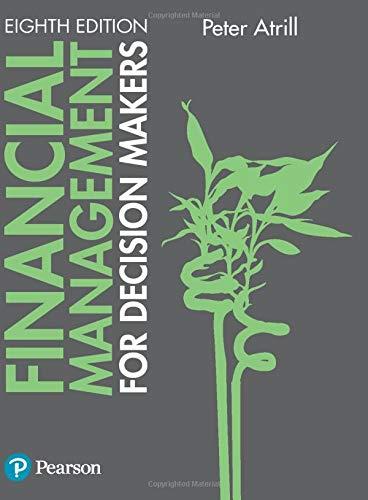
AT&T..a telecommunications company) is choosing between two bus models t..for some unexplained reason wtf?!?). The Daintree Rainforest Tour Company is a small firm that runs a single tour each day to the Daintree Rainforest. The company is choosing between two bus models to conduct these tours in: Long Life and Short Life. One of the two bus alternatives (Long Life) is more expensive to purchase and maintain, but lasts much longer than the other alternative (Short Life). The discount rate that is appropriate for all of the tour company's cash flows is 11.2% per year. As the company is a tour company ...and not a telecommunications firm), the company will always need to have an active bus to conduct its business, such that it would repurchase a new replacement bus of the same model at the end of its life. And this pattern would continue for the foreseeable future. Neither model affects the customer experience in a meaningful way and is expected to have no effect on annual revenue. You have the below table of the net annual cash flows associated with purchasing and running each bus model. Model Year 0 Year 1 Year 2 Year 3 Year 4 Year 5 Year6 Year 7 Long Life -$200, 800 -$3,800 $3,800 $3,800 $3,800 $3,800 $3,800 -$3,800 Short Life -$107,500 -$1,700 -$1,700 -$1,700 -$1,700 Based on the above information, what is the annual cost of each bus model expressed as an equivalent annual annuity (EAA)? And so which bus should the Daintree Rainforest Tour Company choose? a) The annual cost of Long Life model as an equivalent annual annuity (EAA) is $ (Round to the nearest dollar) (As this question asks for the "cost", the negative sign of an annual cash outflow is already implied) The annual cost of Short Life model as an equivalent annual annuity (EAA) is (Round to the nearest dollar) (As this question asks for the "cost", the negative sign of an annual cash outflow is already implied) b) Based on the above costs of each model, which should it choose? (Select the best choice below) O(No answer given) The firm should choose Short Life because the NPV of its costs is smaller. The firm should choose Long Life because it lasts longer. OThe firm should choose Long Life because the equivalent annual annuity of its costs is smaller. OThe firm should choose Short Life because the equivalent annual annuity of its costs is smaller. The firm should REJECT BOTH bus alternatives as the NPVs of their cash flows are both negative







